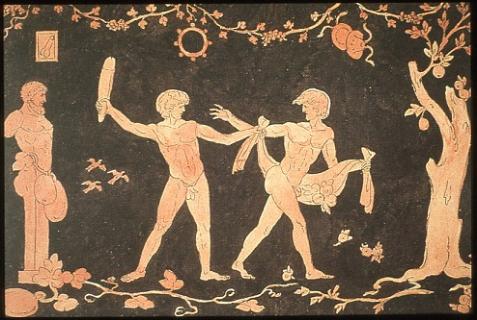Queering Classical Art
Monday 7 March 2016, 5.00PM
Speaker(s): Whitney Davis (University of York, and University of California at Berkeley)

Drawing on both modern artistic responses to the classical tradition and contemporary queer theory, this paper will explore modes of ‘queering’ Classical Greek art. This involves thinking about Classical art on its own terms (its underlying assumptions about desire, eroticism, and sex, for example); but it also means integrating interests of criticisms and ethics today, re-examining some standard interpretative modes in the aftermath of J. J. Winckelmann’s 1764 History of the Art of Antiquity.
If ‘beauty’ and ‘the ideal’ are outcomes of normative sexuality, then where do non-normative sexualities of the ancient world (and the modern) find figuration in Classical art, let alone legitimacy? If homoeroticism is probably the last thing that was queer about Classical art, what is the first? In general, how have people made – how could we make – Classical art less of a conscious precedent for aesthetic and erotic life, and more of an unconscious resource?
Location: The Bowland Auditorium, Berrick Saul Building
